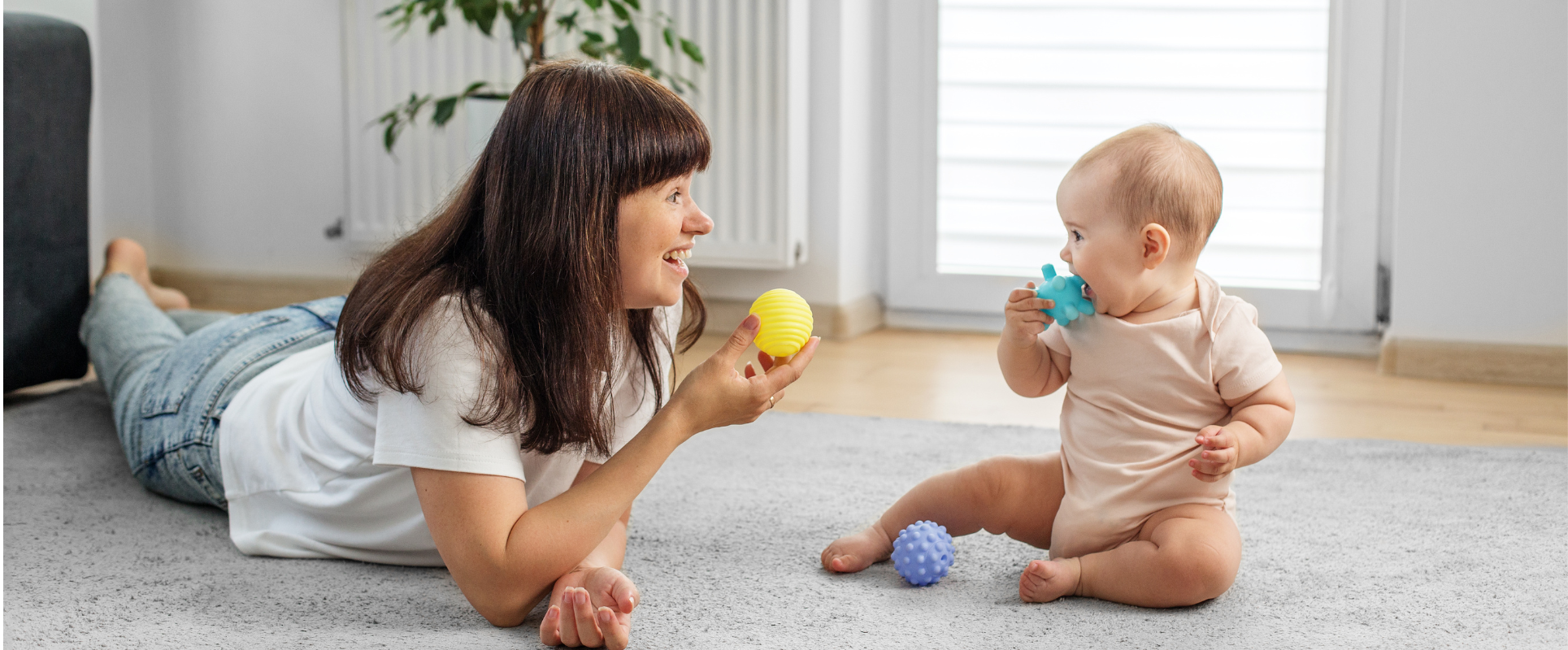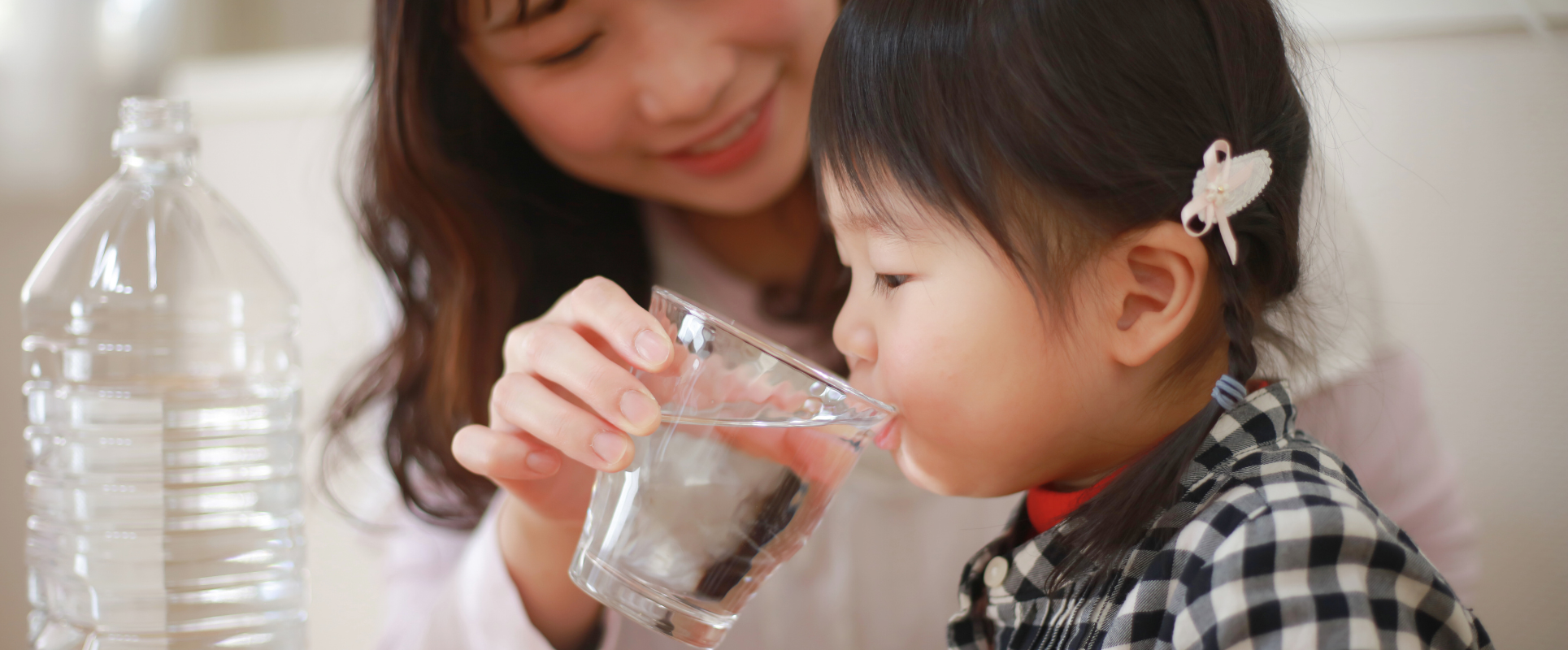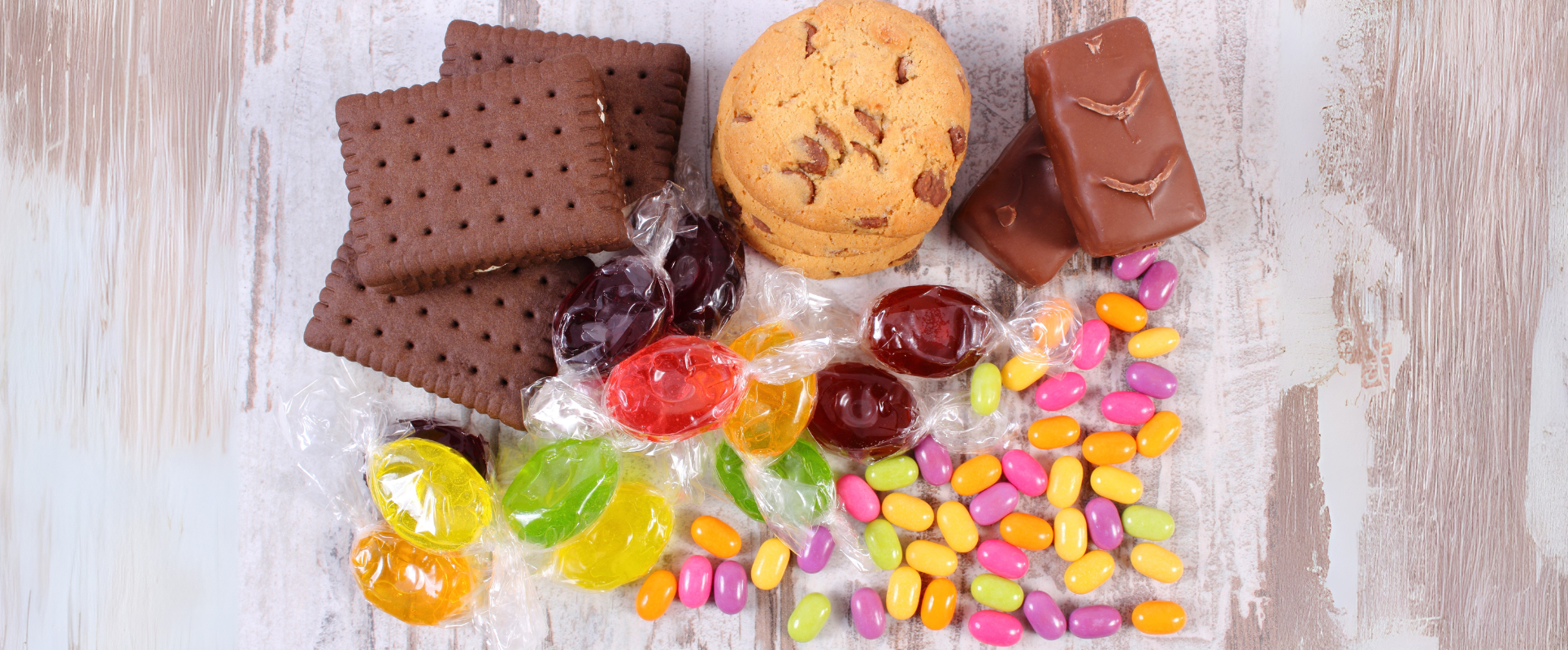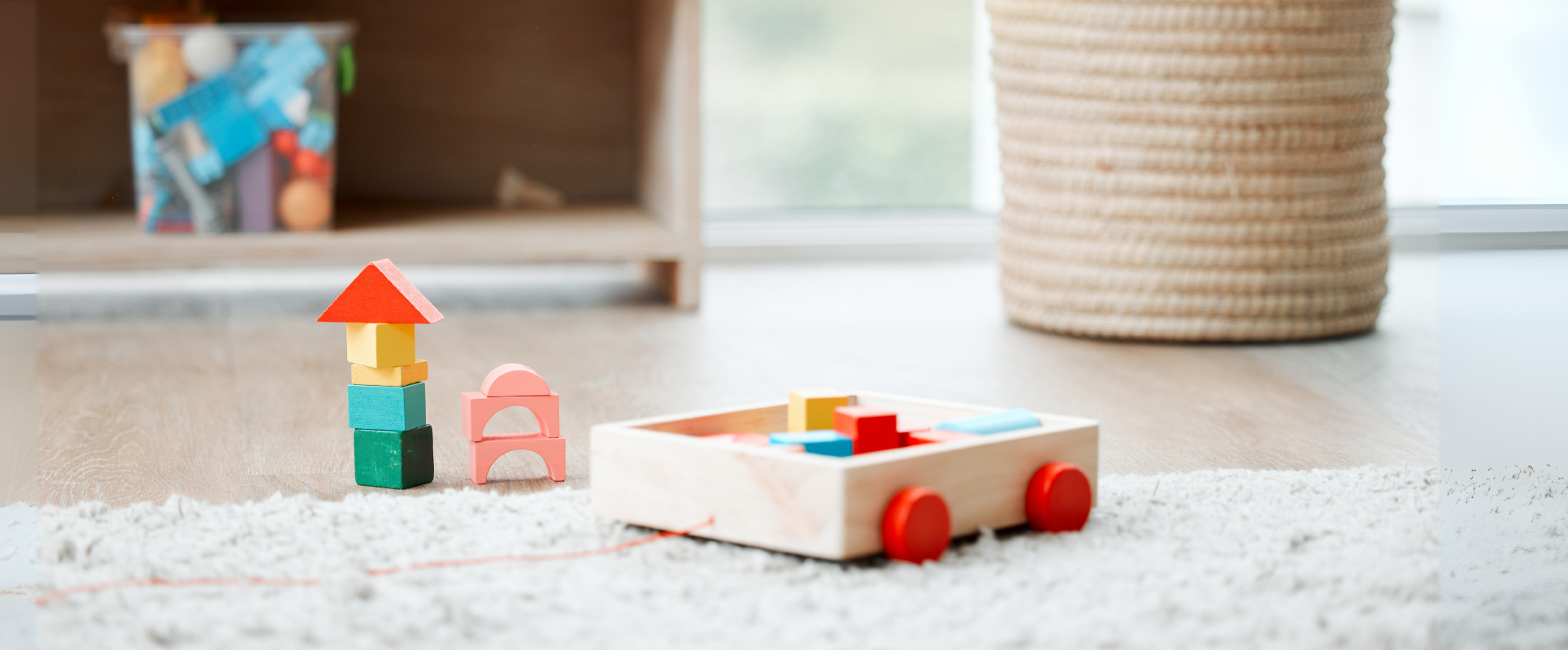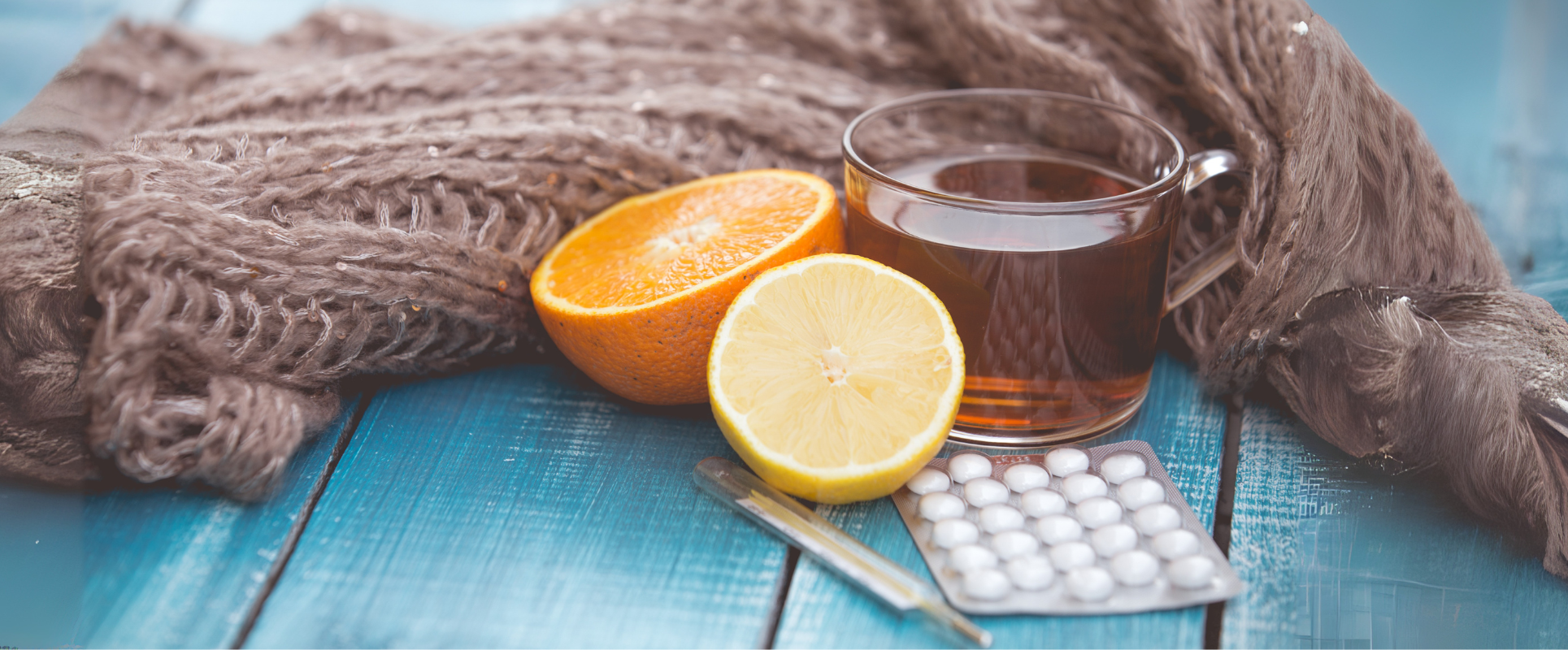
Natural Remedies for Common Childhood Illnesses: Gentle and Effective Care
Every parent knows the challenge of caring for a sick child. Whether it’s a runny nose, tummy ache, or trouble sleeping, our instinct is to provide comfort while avoiding unnecessary chemicals. Natural remedies have been trusted for generations and, when used wisely, can complement modern medicine. This article explores safe, evidence-based natural remedies for common childhood illnesses, backed by reliable sources and expert guidance.
1. Colds and Coughs
Natural remedies:
-
Honey (for children over 1 year old): Studies show honey can soothe sore throats and reduce nighttime coughing. (Source: Mayo Clinic)
-
Steam inhalation: Sitting in a steamy bathroom can ease nasal congestion.
-
Warm fluids: Herbal teas like chamomile or ginger tea (mild, caffeine-free) hydrate and comfort.
When to see a doctor: If your child has a high fever, difficulty breathing or symptoms lasting more than 10 days.
2. Ear Infections
Natural remedies:
-
Warm compress: A warm cloth placed on the ear can relieve pain.
-
Elevating the head: Helps drainage and reduces pressure.
-
Breastfeeding (for infants): Provides antibodies that may lower infection risk.
Note: Essential oils should never be placed directly in the ear. Consult a pediatrician if fever or severe pain persists. (Source: NHS, 2024)
3. Digestive Upsets (Tummy Aches, Constipation, Diarrhea)
Natural remedies:
-
Ginger: Helps reduce nausea and mild stomach upset.
-
Bananas, rice, applesauce, toast (BRAT diet): Gentle on the stomach during diarrhea.
-
Probiotics: Found in yogurt or supplements, they support healthy gut bacteria.
When to see a doctor: If your child has bloody stools, severe dehydration or prolonged vomiting. (Source: NHS, 2024)
4. Skin Irritations (Rashes, Eczema, Bug Bites)
Natural remedies:
-
Oatmeal baths: Soothe itching and calm inflamed skin.
-
Aloe vera gel: Cooling and healing for minor rashes and sunburns.
-
Calendula cream: Traditionally used to reduce redness and irritation.
Safety tip: Always patch-test first to avoid allergic reactions. (Source: NCCIH, 2023)
5. Sleep Troubles
Natural remedies:
-
Lavender aroma: Research suggests lavender promotes relaxation and better sleep quality.
-
Bedtime routine: Warm bath, dim lights, and quiet reading signal the body to wind down.
-
Massage: Gentle baby massage improves sleep and reduces fussiness.
6. Teething Pain
Natural remedies:
-
Cold washcloth: Let your baby chew on a chilled (not frozen) clean cloth.
-
Teething rings: Use BPA-free, chilled rings for gum relief.
-
Gentle gum massage: Wash hands and rub gums lightly to reduce pressure.
Avoid numbing gels with benzocaine, as they can be unsafe for infants.
Practical Safety Guidelines for Parents
-
Always consult your pediatrician before trying new remedies.
-
Avoid giving honey to babies under 12 months.
-
Be cautious with essential oils; never ingest them or apply undiluted oils on skin.
-
Natural does not always mean safe—dosage and age appropriateness matter.
Conclusion
Natural remedies can be powerful allies in managing common childhood illnesses. From soothing teas to calming baths, these approaches offer gentle relief and support your child’s well-being. While they are not replacements for medical care, they can complement pediatric guidance, helping parents feel more confident in providing safe, holistic care at home.

